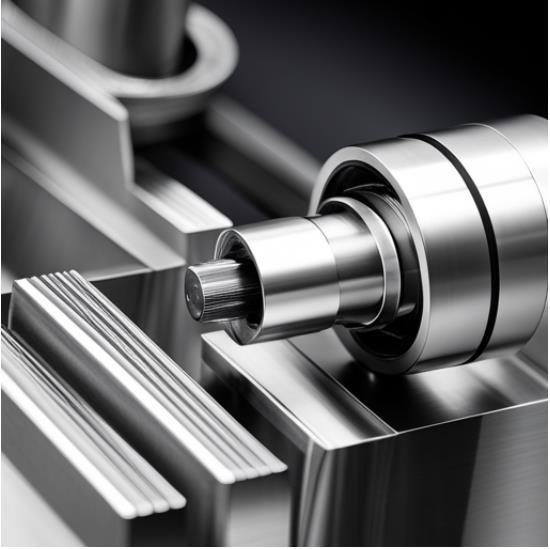CNC lathe is one of the most widely used CNC machine tools. It is mainly used for processing symmetrical rotating parts, such as shaft parts, internal and external cylindrical surfaces of disc parts, internal and external conical surfaces with any cone angle, complex rotating internal and external curved surfaces, and cutting of cylinders, conical threads, etc.

Even the most common turning contours have different processes. In the SINUMERIK CNC system, all these process options are covered in the three categories of “transverse turning”, “longitudinal turning (also called “reciprocating turning”)” and “trough cutting”. Among the categories, let us learn about them together.
Characteristics of longitudinal turning of side and end faces (also called “reciprocating cutting”):
• When turning the side of the workpiece longitudinally, the feed direction of the slitting turning tool is perpendicular to the axis of rotation of the workpiece.
• In longitudinal turning of the workpiece end face, the feed direction of the slitting turning tool is parallel to the workpiece axis.
• Sliding turning tools have three cutting edges, allowing the radial and axial material removal process to be as uninterrupted as possible. (Because of minimizing rapid movement strokes)
• Grooving and slitting knives differ in blade shape and body shape.
Features of side and end face trough cutting:
• When grooving, cutting is performed only in the infeed direction.
• The machining process of side groove cutting is perpendicular to the axis of rotation.
• The machining process of end face groove cutting is parallel to the axis of rotation.
• The grooving tool can only withstand forces applied perpendicularly to the axis of the tool.
• Groove cutting process is mainly used to process grooves. Typically (but not always) the groove to be machined is of the same width as the grooving tool
Characteristics of cutting processing:
• At the end of the machining process, the workpiece is cut off by a cutting knife.
• The cut-off cycle consists of an “auxiliary cut-in” and an actual cut-off process. Assisted cutting ensures better chip evacuation.
• Parting off requires tool feed beyond the center of rotation of the workpiece.
• It is often necessary to reduce the spindle speed before cutting off to provide better control over the rotating part to be cut off.
Lateral turning:
Longitudinal turning:
When to use which process?
Longitudinal turning is generally used for: for example, parts with deep grooves and structural parts with 90° corners. These structures can only be processed using this process.
Transverse turning is generally used for streamlined contour structures with arc transitions.
PROTO MFG provides a wide range of manufacturing capabilities and other value-added services for all of your prototyping and production needs. Visit our website to learn more or to request a free, no-obligation quote.